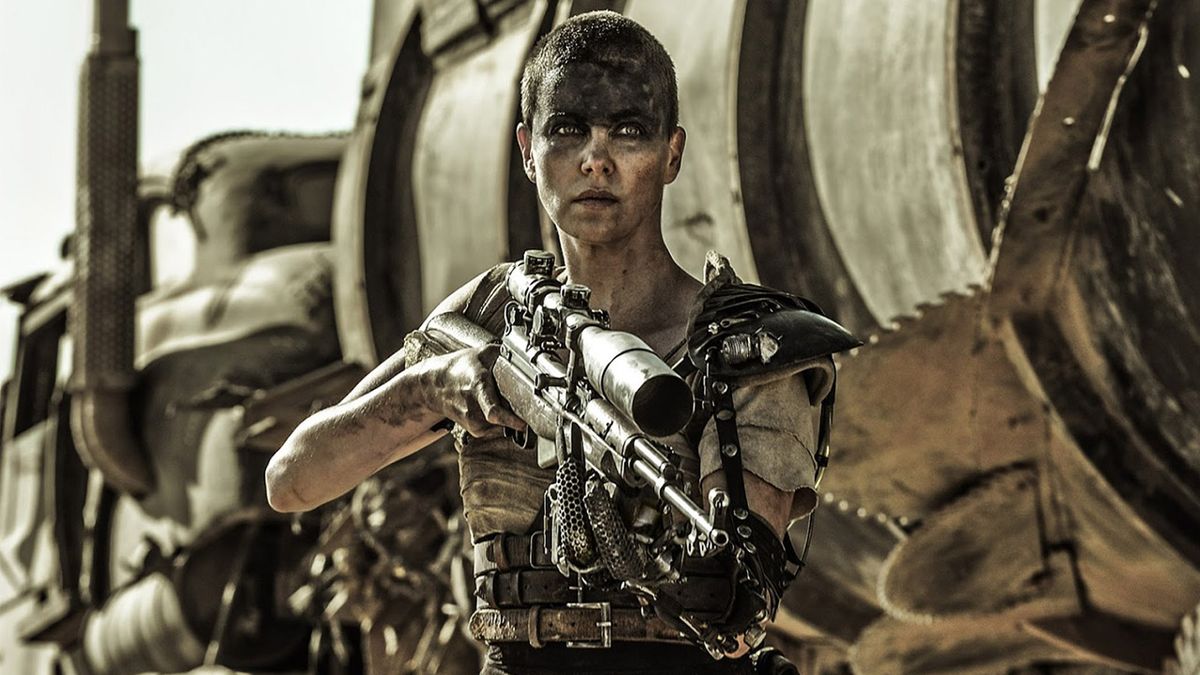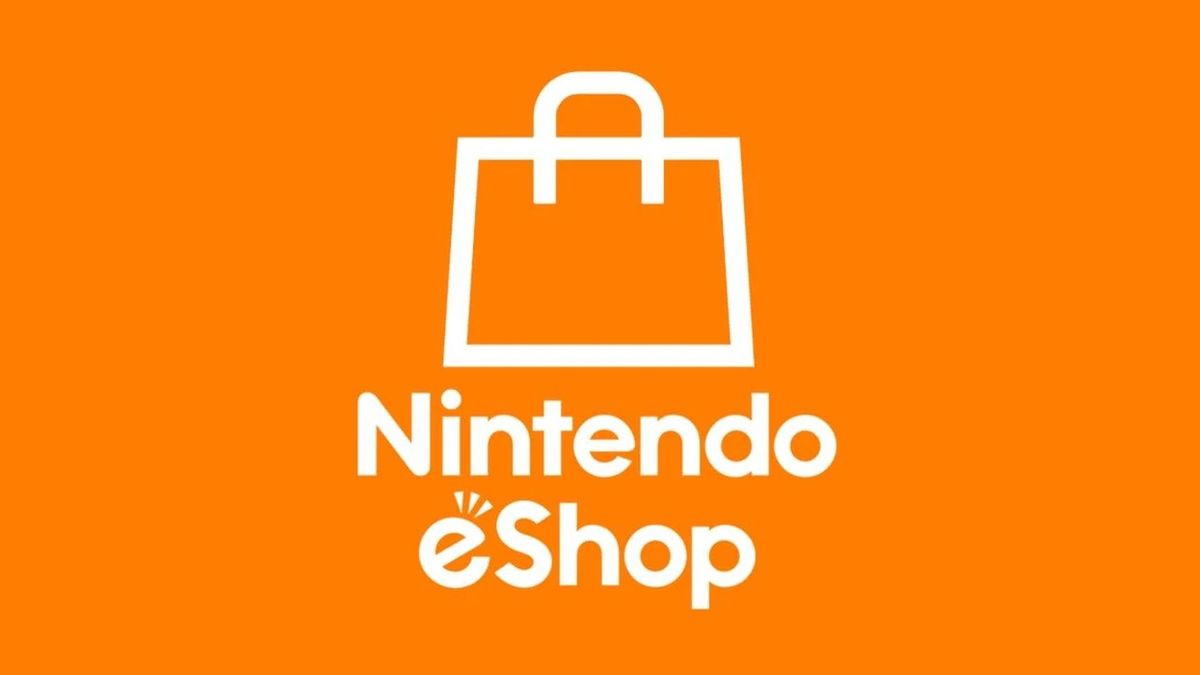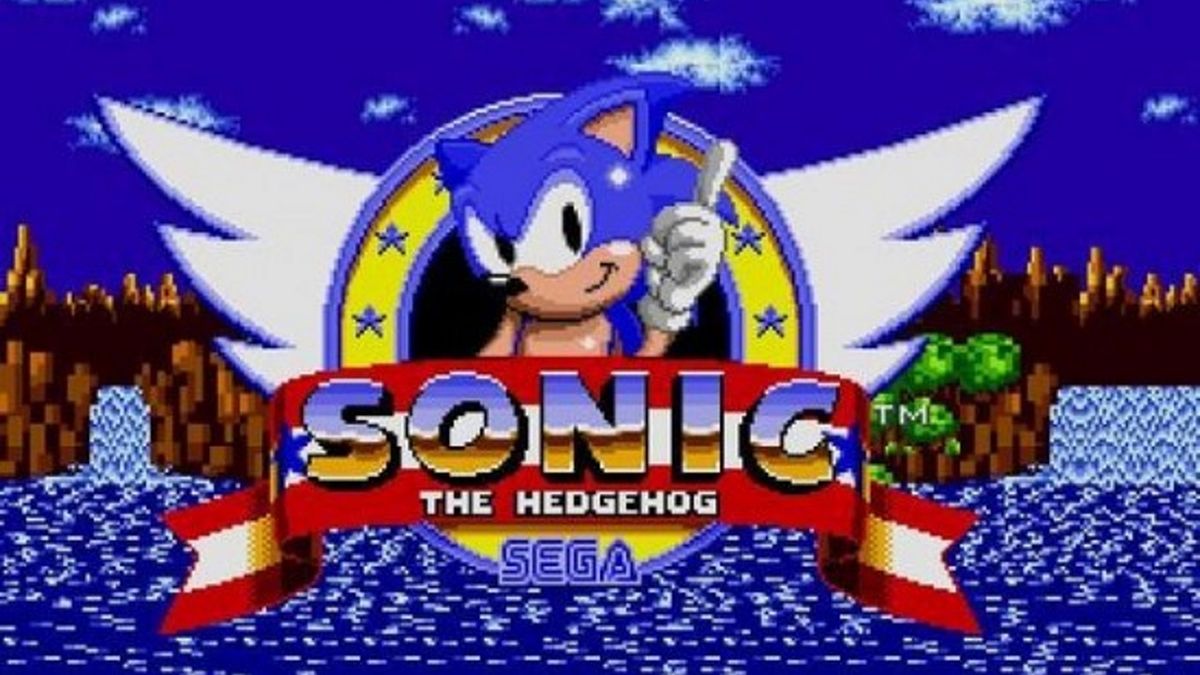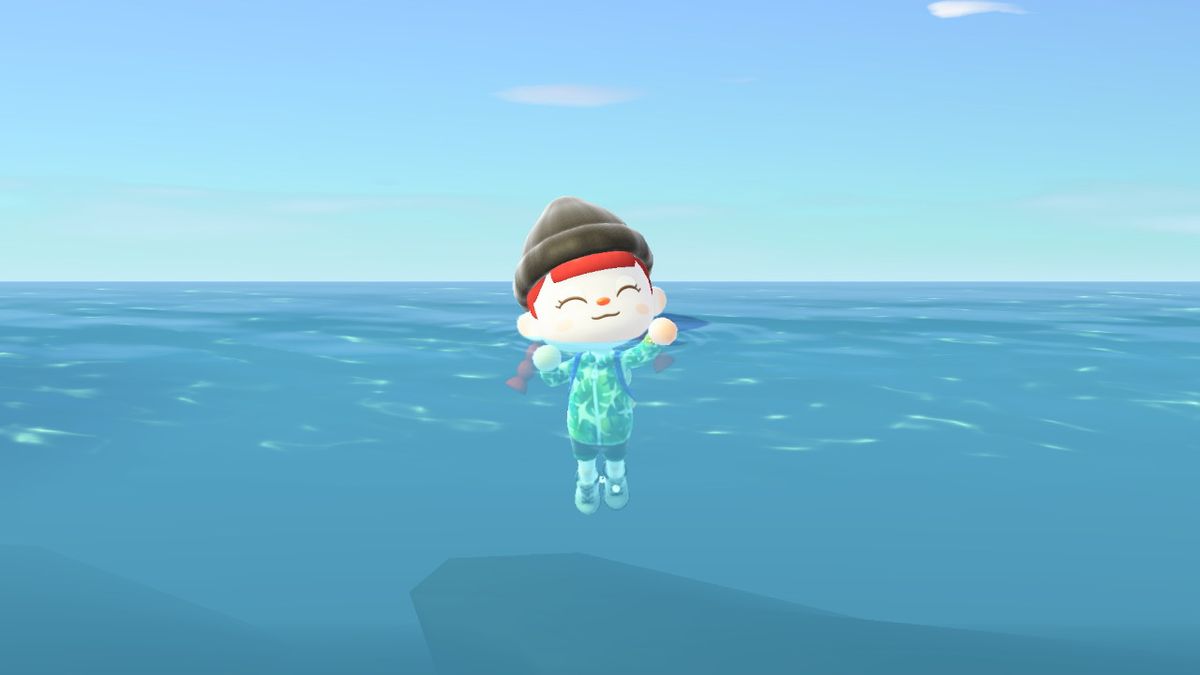The Blues Brothers (1980)

The typeface might be nothing to write home about, the block of blue behind it might be slightly obvious; but John Belushi glaring at Dan Ayckroyd makes for a classic and iconic card that sums up the pair’s on screen relationship.
Big (1988)

He’s so big, even the title looks small. Gettit? That said, what the title lacks in stature, it makes up for by being double underlined.
Little Miss Sunshine (2006)

Little Miss Sunshine isn’t your average feel-good smash, and the opening titles live up to this notion as the word “sunshine” flashes up over Steve Carrell’s distinctly unsunny character.
Moonrise Kingdom (2012)

Yellow. Arguably Wes Anderson’s favourite colour, and used with great abandon throughout the charming Moonrise Kingdom , the titles stick to this theme. An ornate, loopy typeface sets the tone for an ornate and loopy film.
The Adventures of Tintin (2011)

The title sequence for The Adventures of Tintin pays homage to creator Hergé, using the typeface from the graphic novels and the original artist’s style. It’s hard not to wish that the whole film had been shot in this style.
Atonement (2007)

Aptly using the kind of typeface you might expect your call-up papers for the Great War to have been written in, Atonement’s title card is simple and unassuming, but devastatingly powerful.
Life of Pi (2012)

An animal-stuffed menagerie of a film reflected by lush titles slipping on and off-screen like shy deer startled by predators.
Oz the Great and Powerful (2013)

Like an advert for an old-timey illusionist or silent movie star, Oz shows the important of a title card in setting the aesthetic style for the rest of a film.
Submarine (2010)

As Oliver Tate proves throughout the course of the film (and a wonderful evening of lovemaking,) sometimes it’s hip to be square.
Metropolis (1927)

It’s difficult to capture the power of Metropolis ‘ titles given their constant animation, so it’s worth watching them for yourself. A masterclass in brutal, artistic graphic design.
Current page:
Page 1
 Game News Video Games Reviews & News
Game News Video Games Reviews & News



